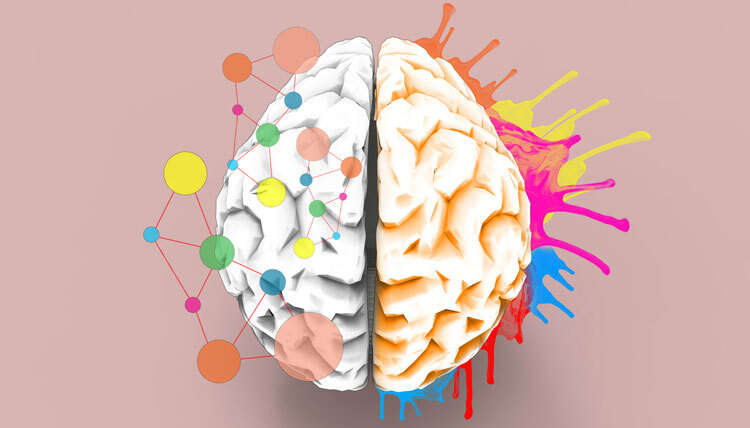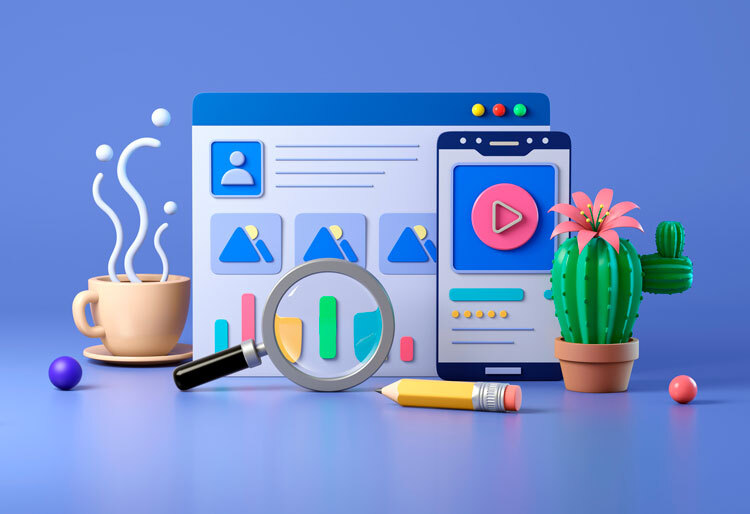As a business owner or content creator, your website plays a critical role in communicating your brand message and attracting potential customers. With so many elements to consider, it can be challenging to determine which aspects of a website are most important for success. However, the truth is that a winning website will have a combination of excellent content, intuitive layout, smooth functionality, and user-friendly interface. To achieve long-term success, your website must meet the needs of your target audience while aligning with your business’s goals and aspirations. Investing in a user-friendly website design is key, no matter what industry you are in. By creating a website that is easy to understand and navigate without the need for guidance or complicated instructions, you can provide a seamless user experience that your visitors will enjoy.
Intuitive design principles rely on proven practices and web design standards, incorporating cognitive psychology, user behavior, and human psychology concepts. An intuitively designed website will effectively communicate your message, brand format, and value proposition in a clear and concise manner, making it simple and enjoyable for visitors to use. By prioritizing a user-friendly website experience, you can pave the way for your long-term online success.
Benefits Of Intuitive Website Design For Your Industry
The positive aspects of an intuitive website design reach beyond the users to the site’s owners as well. Designing an easy-to-navigate site provides multiple benefits, including greater engagement from visitors, loyalty, and conversion at the expense of a lesser degree of frustration and confusion. The performance, accessibility, and search engine optimisation (SEO) rankings of your website and the costs related to maintaining and supporting it could all be gained from an intuitive design. Here are some tips for designing an intuitive website:
- Know your audience: You must understand your audience, their reasons for accessing your site, and what features they anticipate before you start building the site. User data and insights can be collected and analysed in several ways, such as via user research, personas, user narratives, scenarios, and user testing.
- Define your goals: You must additionally outline the purpose and goals of your website, along with the key performance indicators (KPIs) that you will employ to determine your website’s efficacy. You need to ensure that your targets are SMART, which means they are specific, measurable, attainable, relevant, and time-bound. Aligning your objectives with the needs of your users is essential.
- Follow the web design principles: You must keep a few principles in mind when developing your website. These involve keeping things straightforward, clear, consistent, having an order, using contrast, balance, symmetry, proximity, and whitespace. These guidelines will help you make a website that looks good with unique website aesthetics, works well, and is simple for people to use.
- Use the web design elements: Colour, font, images, buttons, icons, forms, navigation, structure, and content are some of the most significant elements you must utilise when designing your website. These elements can assist you in building a website that appears worthwhile, provides useful details, and lets users communicate with it.
Conclusion
It’s not easy to develop a simple website for visitors to navigate and use, but it’s worth it. If you implement these tips and recommendations, you can create a website that works and makes you and your audience satisfied and special. Remember that developing websites that are simple for people to use is the secret to website development success.
Call Adroitte
Contact us to discuss your website design requirement. Call us today on +917760487777 or 08041127377 or message us on our contact form and we will reply back ASAP. We can discuss how we can strategically website design for your organization.




